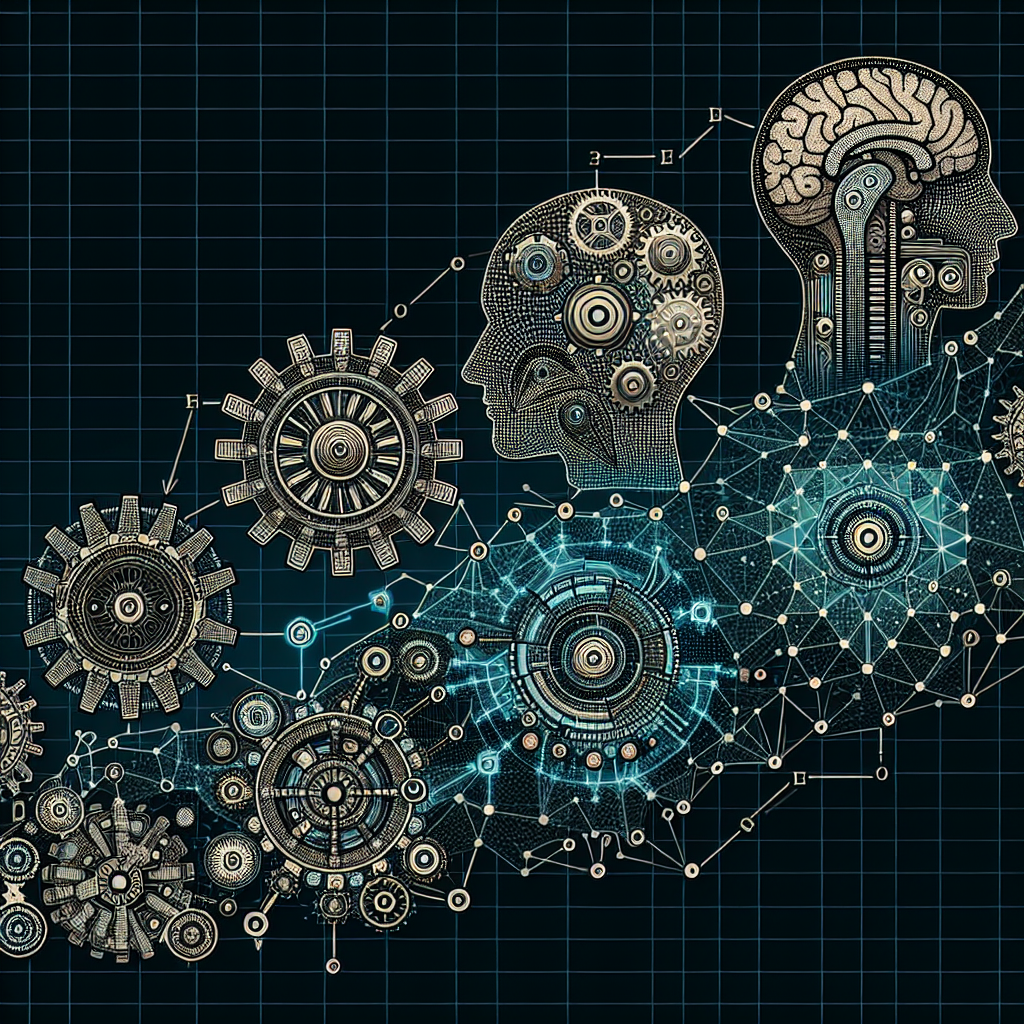The Evolution of AI and Machine Learning in Augmented Reality
Augmented Reality (AR) has come a long way since its inception, and one of the key technologies that has driven its growth is Artificial Intelligence (AI) and Machine Learning (ML). These technologies have revolutionized the way we interact with AR applications, enabling more seamless and immersive user experiences. In this article, we will explore the evolution of AI and ML in AR, and how they have contributed to the advancement of this technology.
The Early Days of AR
AR technology has been around for several decades, but it was not until the early 2000s that it started gaining mainstream popularity. The early AR applications were fairly simple, mainly focusing on overlaying digital information onto the physical world through the use of markers or sensors. These applications were limited in functionality and often required a lot of manual input from the user.
However, as hardware and software technology advanced, AR applications became more sophisticated and interactive. This is where AI and ML started playing a crucial role in enhancing the user experience. These technologies enabled AR applications to understand and respond to the environment in real-time, making them more intuitive and immersive.
The Role of AI and ML in AR
AI and ML have significantly enhanced the capabilities of AR applications in several ways. One of the key areas where these technologies have made a huge impact is in object recognition and tracking. AI algorithms can now recognize and track objects in the physical world with a high degree of accuracy, allowing AR applications to overlay relevant information on top of them.
For example, with the help of AI and ML, AR applications can now identify different types of objects, such as buildings, landmarks, and even people, and provide relevant information about them in real-time. This has opened up a whole new world of possibilities for AR applications, from interactive tour guides to immersive gaming experiences.
AI and ML have also improved the user interaction in AR applications. These technologies enable AR applications to understand user gestures and commands, allowing for more natural and intuitive interactions. For example, users can now interact with AR applications using voice commands, hand gestures, or even facial expressions, making the overall experience more engaging and user-friendly.
Another area where AI and ML have made a significant impact is in visual enhancement. These technologies can now enhance the quality of images and videos in real-time, making AR experiences more realistic and immersive. For example, AI algorithms can now adjust the lighting, color, and contrast of AR content to match the physical environment, creating a seamless blend between the real and virtual worlds.
The Future of AI and ML in AR
As AI and ML technologies continue to advance, we can expect even more exciting developments in the field of AR. One of the key areas of focus for researchers and developers is in creating more intelligent and adaptive AR applications. These applications will be able to learn from user interactions and adapt to their preferences, making the overall experience more personalized and engaging.
Another area of interest is in creating more immersive and interactive AR experiences. AI and ML technologies are being used to create dynamic and responsive AR content that can react to changes in the environment in real-time. For example, AR applications can now generate virtual objects that interact with physical objects, creating a more interactive and engaging experience for users.
FAQs
Q: How does AI and ML improve object recognition in AR applications?
A: AI and ML algorithms can analyze and identify objects in the physical world with a high degree of accuracy, allowing AR applications to overlay relevant information on top of them.
Q: How do AI and ML enhance user interaction in AR applications?
A: AI and ML technologies enable AR applications to understand user gestures and commands, allowing for more natural and intuitive interactions.
Q: What are some of the future developments in AI and ML in AR?
A: Researchers and developers are focusing on creating more intelligent and adaptive AR applications, as well as more immersive and interactive AR experiences.
In conclusion, AI and ML have played a crucial role in the evolution of AR technology, enabling more seamless and immersive user experiences. As these technologies continue to advance, we can expect even more exciting developments in the field of AR, creating new possibilities for interactive and engaging experiences.

